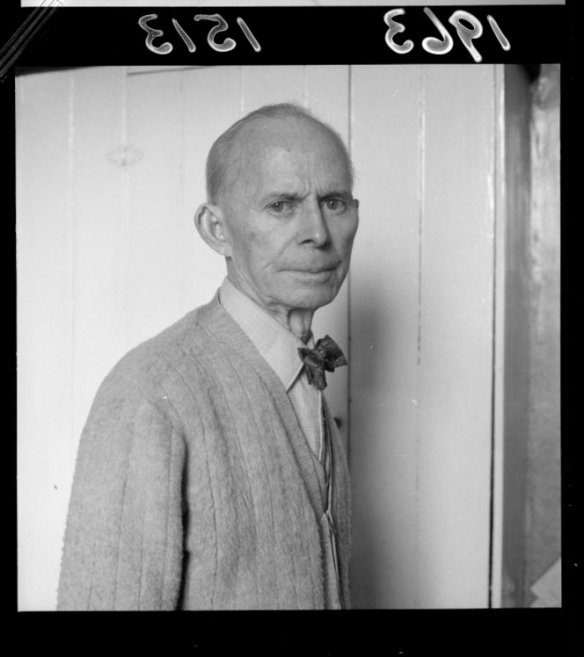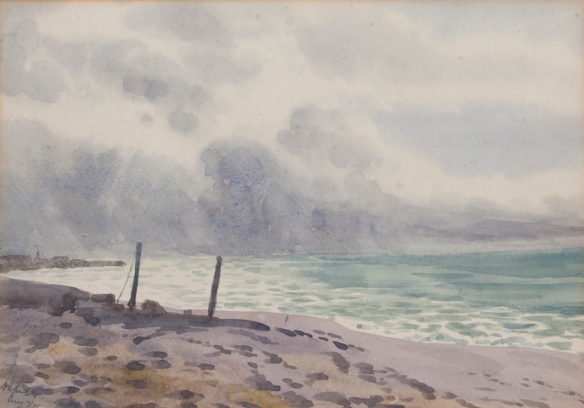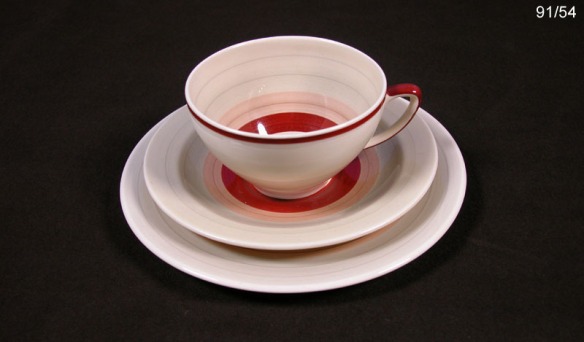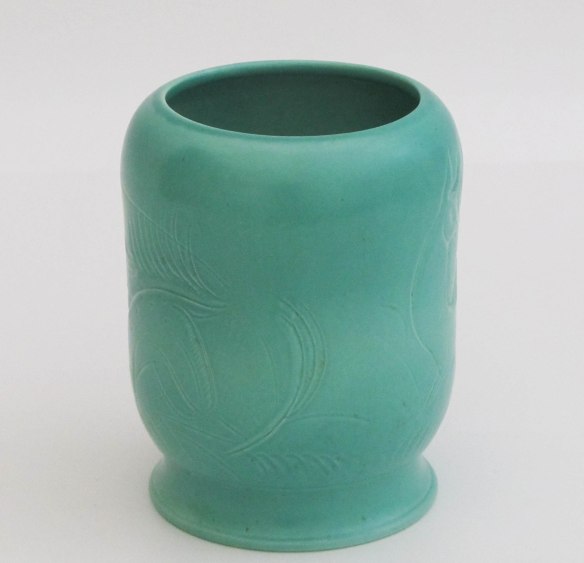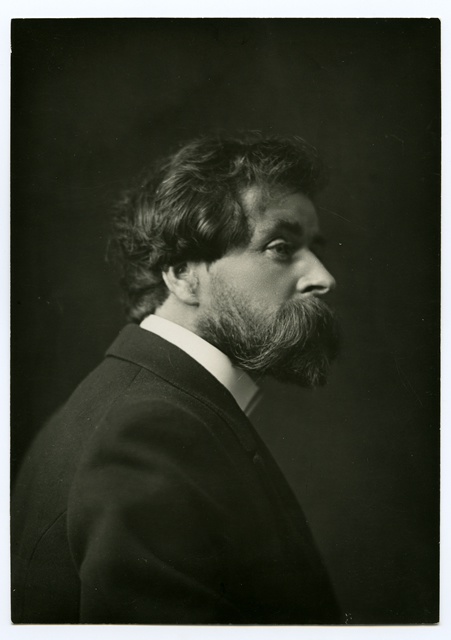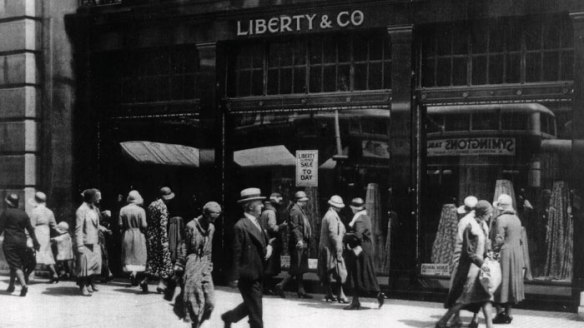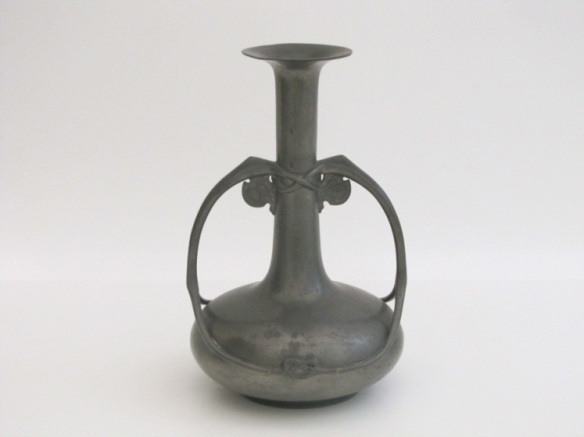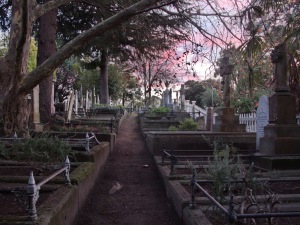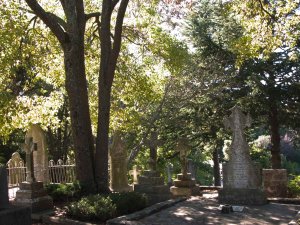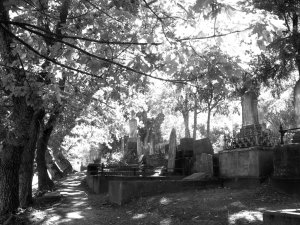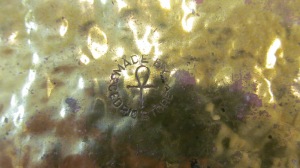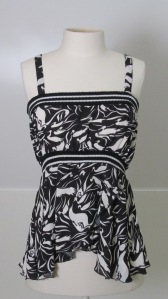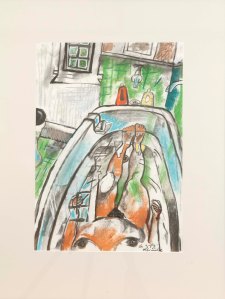In late November of 2013 upon arriving back at the museum after finishing another busy year at Victoria University, I was given my project for the summer. My mammoth task was to go through a large box full of pre-selected wallpaper, catalogue it and enter it into our ever expanding collection.
The box of wallpaper was gifted to us by Betty Weeber. In the correspondence which accompanied the wallpaper; Betty Weeber wrote of the collection, “They are a record of old wallpapers that my late husband Raymond and his father used in their wallpaper hanging and Master Painters business”. Originally our gracious gift was of numerous boxes of wallpaper, but after a rigorous selection process by the powers that be, these boxes were whittled down to just one box containing over seventy examples.
My job was now set out in front of me, I knew what I had to do, it wasn’t going to be pretty (believe me when I say this, some of the patterns on the samples were pretty ugly). I now had to painstakingly document and catalogue each individual wallpaper sample, measuring the lengths and the widths, taking detailed notes of maker’s marks and manufacturer’s logos, describing in detail what the patterns were, what colours were involved in the pattern, gently vacuuming the accumulated dust and dirt from some samples, taking detailed notes of rips, tears and damage and then entering all this information onto our collection database system.
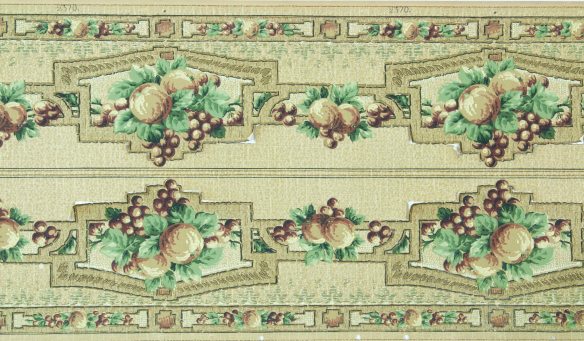 Wallpaper Border Sample, c.1920s, gifted by Betty Weeber, collection of Hawke’s Bay Museums Trust, Ruawharo Tā-ū-rangi, 2013/63/25
Wallpaper Border Sample, c.1920s, gifted by Betty Weeber, collection of Hawke’s Bay Museums Trust, Ruawharo Tā-ū-rangi, 2013/63/25
Some samples were large, some samples were small, some were long (and I mean extremely long, like over nine metres long), and some were short. Some were old and in bad condition, while others were, well, old but were still in extremely good condition, which is pretty impressive considering the majority of them date back to the time when Napier was being shaken to its foundations in the early thirties and some samples were even older. Some examples were hidden, rolled up inside other rolls of wallpaper, which added a surprising aspect to this particular task because, like a parcel in the game pass the parcel, you never quite knew what you were going to find once you started to unroll a roll.
What I found while cataloguing these wallpaper samples is they could be lumped into three different groups, the wallpaper frieze’s (for those reading this thinking “what’s a frieze?” Flash fact: a wallpaper frieze is the strip of wallpaper that goes around the top part of the wall where it meets the ceiling); wallpaper borders, which went around the bottom and the wallpaper drops, which are the samples used to cover the majority of the walls. The examples of the frieze’s were more often than not the examples in the worst condition as the perforations holding them together had come apart or were torn in places due to the continued unrolling and rolling of them over the years.
I also found that these samples and rolls came from all over the world, like Sunworthy and Canadian Wallpaper from, you guessed it, Canada; Crown Wallpaper and Shand Kydd Ltd from England; Griffen Wallpaper Manufacturers from America and even some examples from New Zealand’s very own Ashley Wallpapers.
After these steps the papers had to be photographed, which was done by our collection photographer. I then had to attach the photographs to their collection records and wrap them up and pack them into their packing units where they will stay until they are one day needed for research or exhibition.
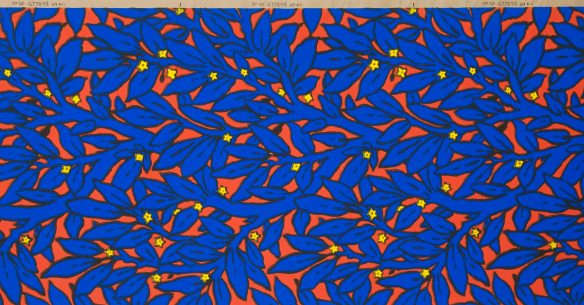 Wallpaper Drop Samples, c.1920s, gifted by Betty Weeber, collection of Hawke’s Bay Museums Trust, Ruawharo Tā-ū-rangi, 2013/63/34b
Wallpaper Drop Samples, c.1920s, gifted by Betty Weeber, collection of Hawke’s Bay Museums Trust, Ruawharo Tā-ū-rangi, 2013/63/34b
To be honest at the beginning of this project I didn’t think I would enjoy it, just because it was wallpaper that I would be working with, but the more that I worked my way through this box of wallpaper samples, the more I started to look forward to the next sample. Not because I was one sample closer to the end, but because I wanted see what the next sample would be like, and there were some examples that stood out. One example from the 1930s had a continuing pattern of dense blue tree branches and leaves, through the gaps in the branches and leaves was a bright orange background and scattered randomly throughout the branches and leaves were small yellow star-like flowers. Why this particular example stood out for me was probably because it was visibly the brightest example amongst the lot.
To say the least this project was awesome and I enjoyed it a lot. I consider myself quite lucky to be able to come back to the Bay and to the museum every summer to work on different projects. Hopefully I can come back again at the end of this year to another interesting project.

